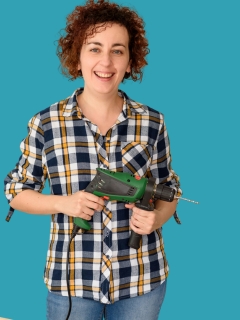×

×
COURSE DISCOUNT
Get £20 Off when you book TWO Courses
Book TWO Half-day courses at the same time, and get £20 off the Full Price
Have you suddenly lost power in your home?
Are your neighbours’ lights still on?
Your RCD may have tripped. This is what you need to know to get your RCD reset and everything back up and running.
Let us know how you get on.
Have you ever been left with a half-finished job or felt ignored by a tradesperson in your own home? Sadly, you’re not alone. Complaints about shoddy workmanship are on the rise, and many women share stories of stress, unfinished work, and feeling dismissed.
In this practical guide, I share expert tips, on how to find reliable tradespeople, what to ask before hiring, how to protect yourself with contracts and payment schedules, and what to do if things go wrong.
Take charge of your next home project and make sure you get the respect and results you deserve.
Why do Smoke Detectors start beeping at night?
Don’t you just love it when the Smoke Detector starts beeping at 3am?
Here’s why & what you can do to stop it happening.
Look after your Smoke Detectors, and they’ll look after you!.